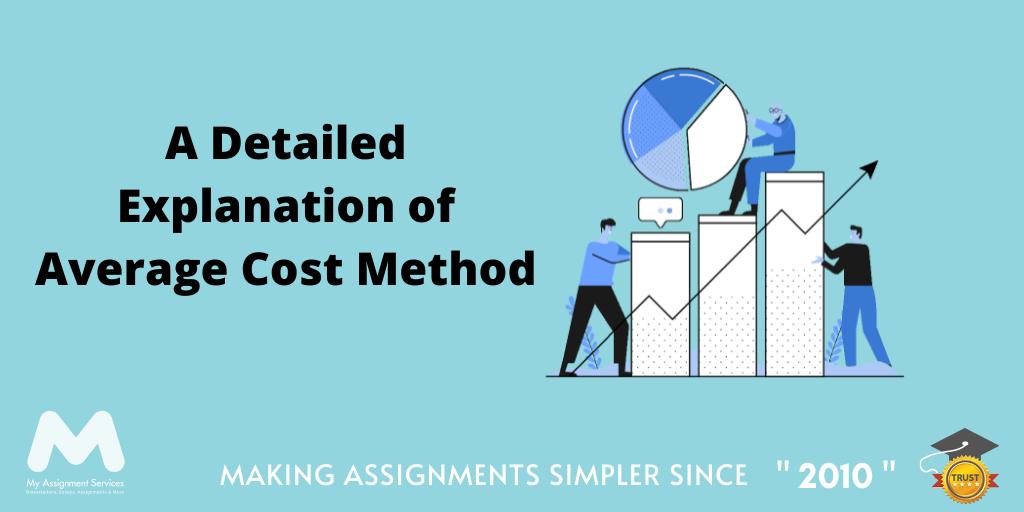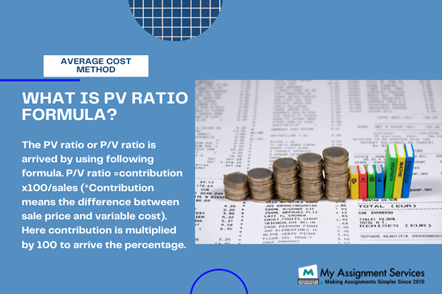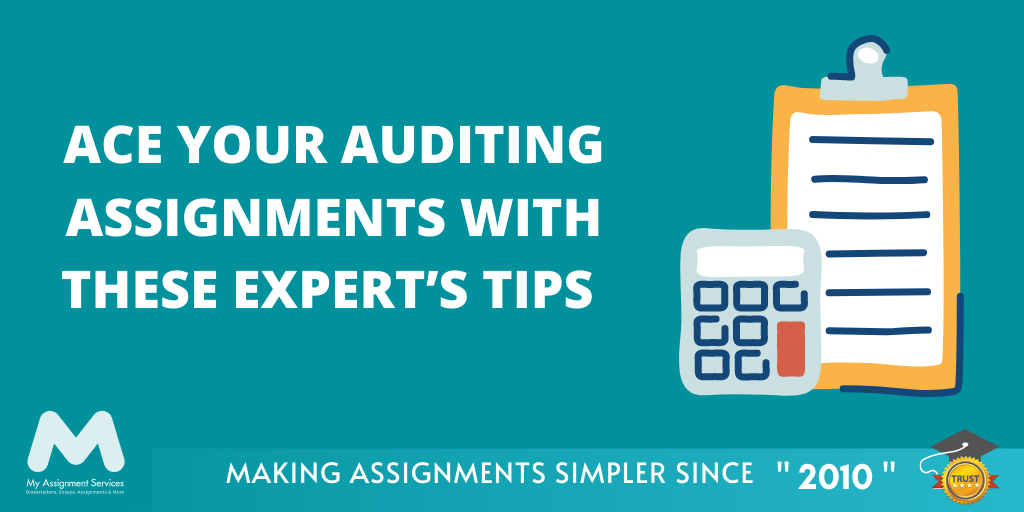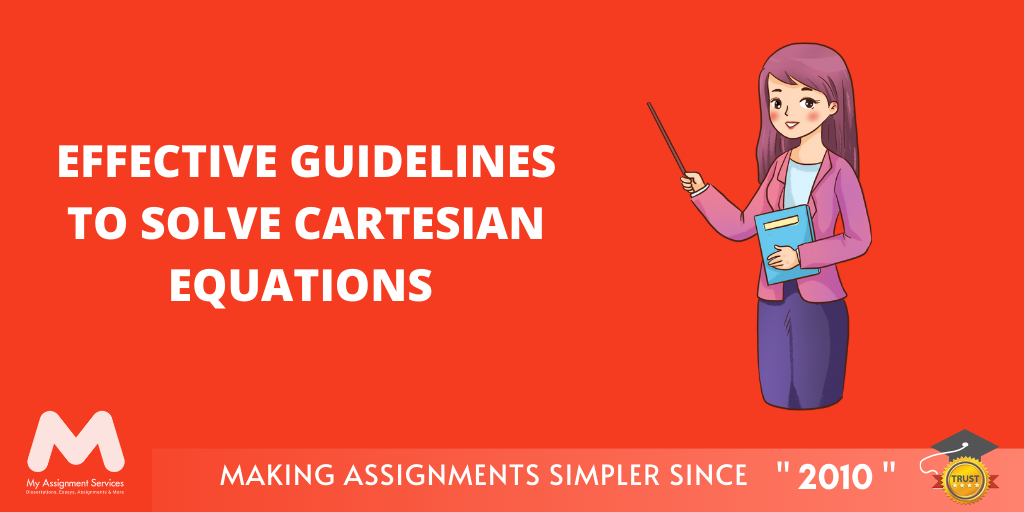
The average cost method is a way of valuing inventory that is often used for goods that are not actively traded in the market. Under this method, the value of an inventory item is based on the average cost of all items that were purchased to produce that particular item. This includes the cost of materials, labour, and any other associated costs.
This method is often used for not regularly sold inventory, such as raw materials or components. If the average cost of inventory is lower than the current market value of the items, then the company cannot claim their market value as a tax deduction. This method can be difficult to use in practice, particularly for companies with many different inventory items. In addition, it can be difficult to track the individual costs of each item. As a result, some companies may choose to use another valuation method, such as the first-in, first-out (FIFO) or last-in, first-out (LIFO) methods.

How Does the Weighted Average Cost Method Work?
The weighted average cost method is a variation of the average cost method that considers each inventory item's relative value. Under this method, the value of an inventory item is based on the average cost of all purchased items, but each item's weighting is based on its relative value. This means more expensive items will have a greater impact on the overall average cost than items that are less expensive.
The weighted average cost method can be useful for companies with many different inventory items. It can also be helpful in situations where some inventory items are more important than others. For example, a company might use the weighted average cost method to value its finished products while using another method to value its materials inventory.
How Does the Specific Identification Method Work?
The specific identification method is a way of valuing inventory that can be used for any type of item. Under this method, the value of an individual inventory item is based on the actual cost incurred to produce or purchase it. This includes the cost of materials involved and labour costs, and other associated expenses. However, companies that choose to use this method must track their costs more closely than they would under another valuation method.
Companies may choose to use this method if they believe that the market value of one particular item is significantly higher than others in their inventory. By valuing each item separately, companies can make sure that each tax deduction reflects their current market value. However, this method can be time-consuming and difficult to track.
What is the First-In First-Out Method?
Under the first-in first-out (FIFO) method, the company assumes that the oldest items in its inventory are the first to be sold. This means that the cost of the oldest items is used to calculate the value of all inventory items. As new items are added to the inventory, they are assigned the cost of the newest items.The FIFO method is often used by companies that have a large number of different inventory items. It can also be helpful in situations where some inventory items are more important than others. For example, a company might use the FIFO method to value its finished products while using another method to value its materials inventory
How Does The Last-In First-Out Method Work?
Companies with many different inventory items often use the last-in, first-out (LIFO) method. Under this method, the cost of all new items added to the inventory is assumed to be equal. However, the oldest items in the inventory are assumed to be sold first based on their original cost. This means that they will not show up in tax deductions for as long as other more recent purchases with higher costs continue to be sold. Because of this assumption, LIFO can result in lower tax deductions under some circumstances.
What is the Average Moving Method?
The moving average method values inventory that can be used for any type of item. Under this method, an average cost is calculated at regular intervals based on the current quantity in the inventory and the costs to date. Each time a new purchase or production order is received, its cost is compared to this average value. Adjustments are made accordingly if it falls above or below the average value.
Suppose an item falls below the moving average value. In that case, the company will assume that it has been sold and adjust its tax deduction downward by its original cost and all associated expenses. However, suppose an item rises above the moving average value. In that case, it may be assumed that there still exists stock available for sale, and the company will assume that all costs associated with it have been earned. In this sense, the moving average method might be considered a conservative way of valuing inventory because it will always lower tax deductions compared to other methods.
Average Cost Method Example
The average cost method values inventory that can be used for any type of item. Under this method, an average cost is calculated at regular intervals based on the current quantity in the inventory and the costs to date. Each time a new purchase or production order is received, its cost is compared to this average value. Adjustments are made accordingly if it falls above or below the average value.
Suppose an item falls below the moving average value. In that case, the company will assume that it has been sold and adjust its tax deduction downward by its original cost and all associated expenses. However, suppose an item rises above the moving average value. In that case, it may be assumed that there still exists stock available for sale, and the company will assume that all costs associated with it have been earned. In this sense, the moving average method might be considered a conservative way of valuing inventory because it will always lower tax deductions compared to other methods.
Moreover, our educators who provide accounting assignment help say that average cost is a simple and easy-to-understand method for valuing inventory. It can be used by any company in any industry and does not require the use of complex accounting principles. Although it might result in lower taxes compared to other methods, it also has some disadvantages. For example, if items are added or removed from the inventory after their value is calculated using this method, then this average value may become inaccurate over time. Therefore, these results should only be viewed as estimates rather than exact values of the actual value of your inventories based on their current sales price.
How Does the Moving Weighted Average Compare With the Other Inventory Valuation Methods?
The moving weighted average compares all new purchases or production orders to previously completed orders. If the average cost falls below the current purchase price, then this new item is assumed to have been sold, and its cost will be deducted from the total inventory value. However, suppose the average cost rises across all of these purchases or production orders. In that case, it may be assumed that there still exists stock available for sale and all costs associated with it will continue to be included in your calculations.
Because of this conservative valuation method, moving weighted averages result in lower taxes when compared to other methods such as LIFO because they are always calculated at a lower amount after adjustments are made based on recent purchases or production orders.
Facing Trouble Understanding the Average Cost Method? Get One-to-One Help from Experts
Moving weighted averages is a suitable method for valuing inventory if looking to lower taxes than other methods. However, this also means any time the average cost rises above the current sales price of an item, it is assumed that this item has been sold, and its cost will no longer be included in your calculations. Thus, be sure only to use moving weighted averages if you are satisfied with its estimated results rather than the exact values of your inventories based on their current sales value.
Choosing our experts’ sessions at My Assignment Services for accounting assignment help can assist you with all your difficult accounting assignments. We have 1450+ experts for every branch of accounting which have been guiding students for the last 15 years. Start your own 1:1 class with our native accounting experts and resolve all your doubts and queries in the shortest time. We are available for you 24/7 with never-ending research-based live sessions. It's never too late to start your new journey. Contact us today by filling out the form!
Related Study Materials
Our Experts can answer your Assignment questions instantly.
Ask Question0 Comment
Get It Done! Today
1,212,718Orders
4.9/5Rating
5,063Experts













Loved reading this Blog? Share your valuable thoughts in the comment section.
Add comment